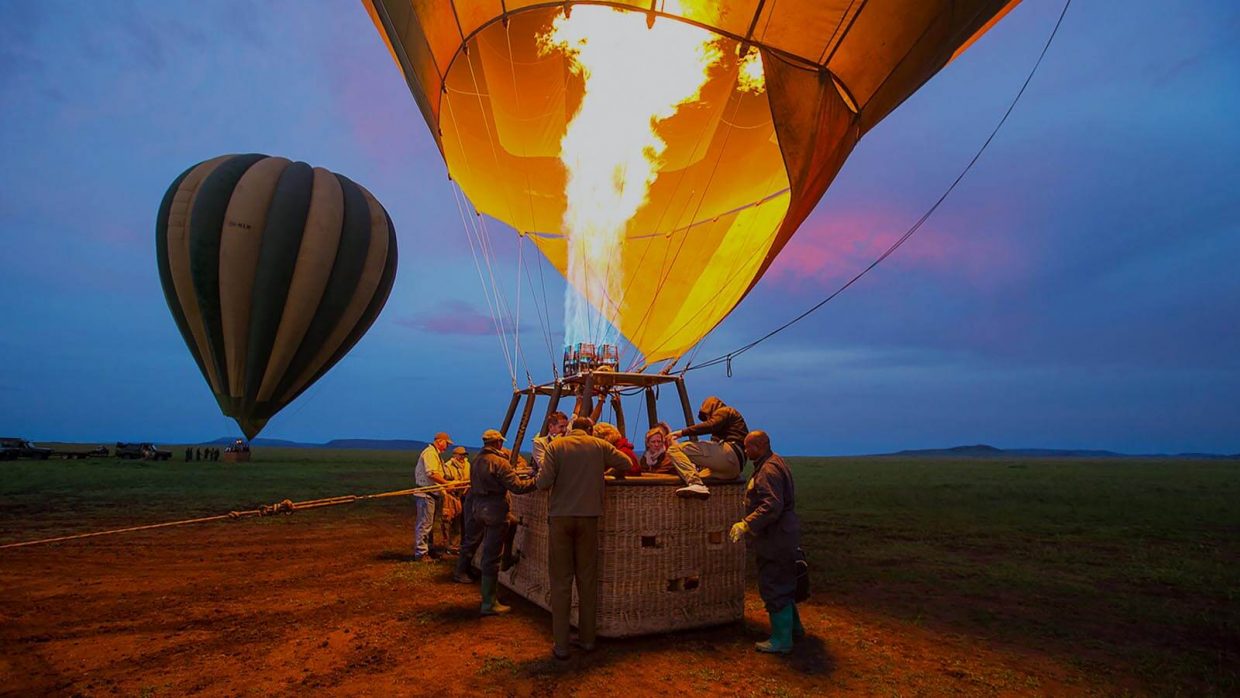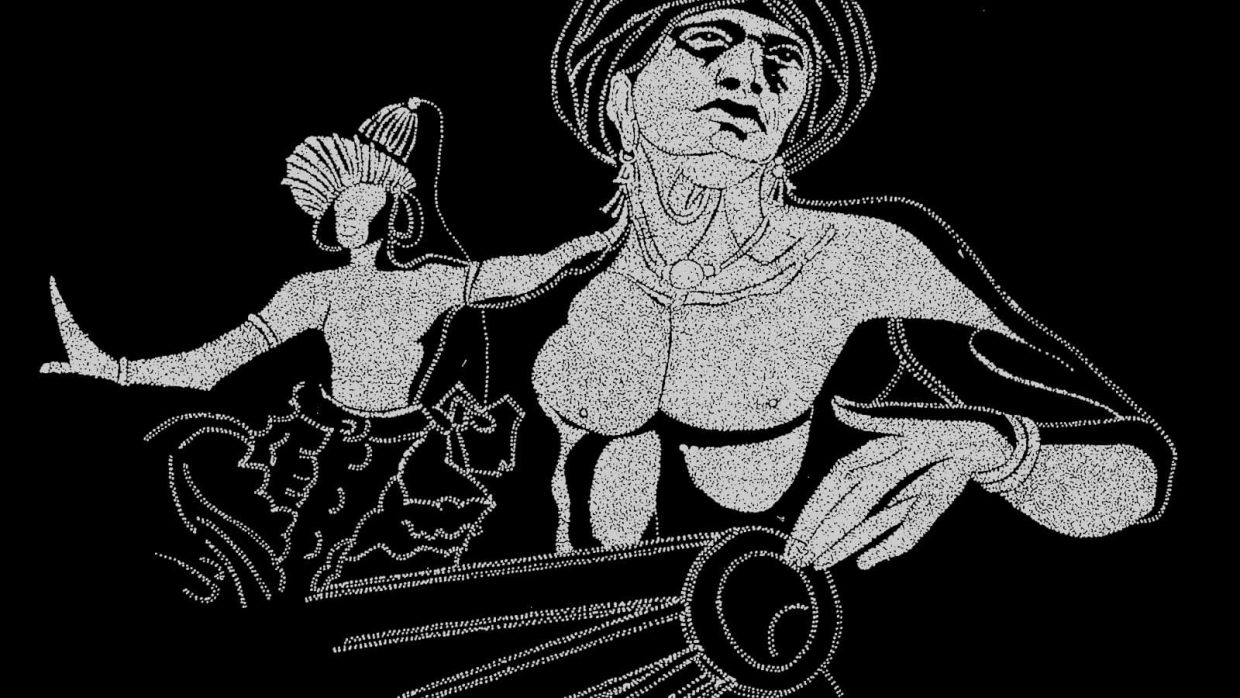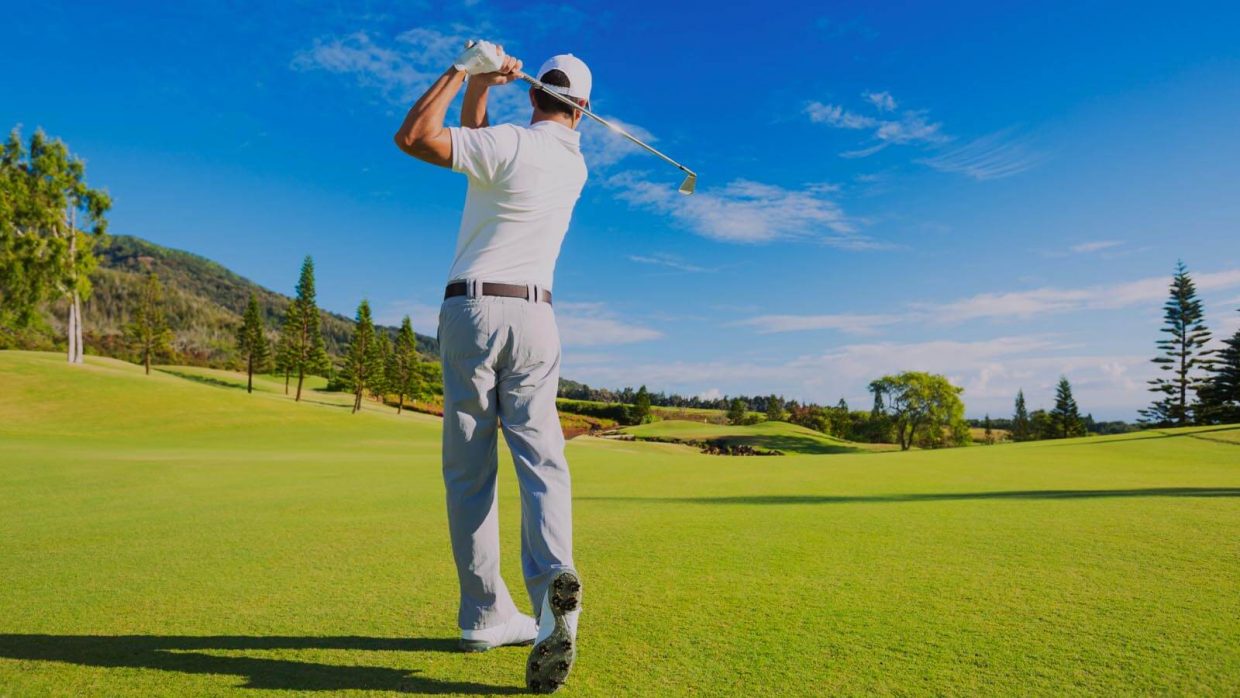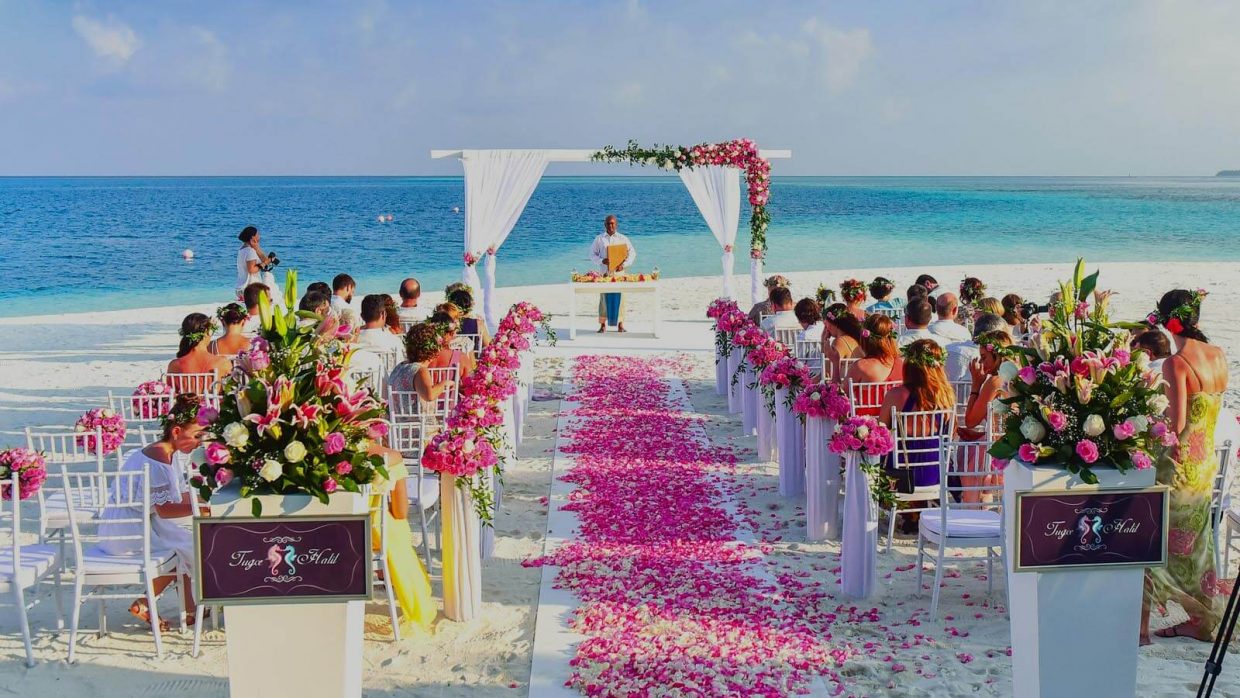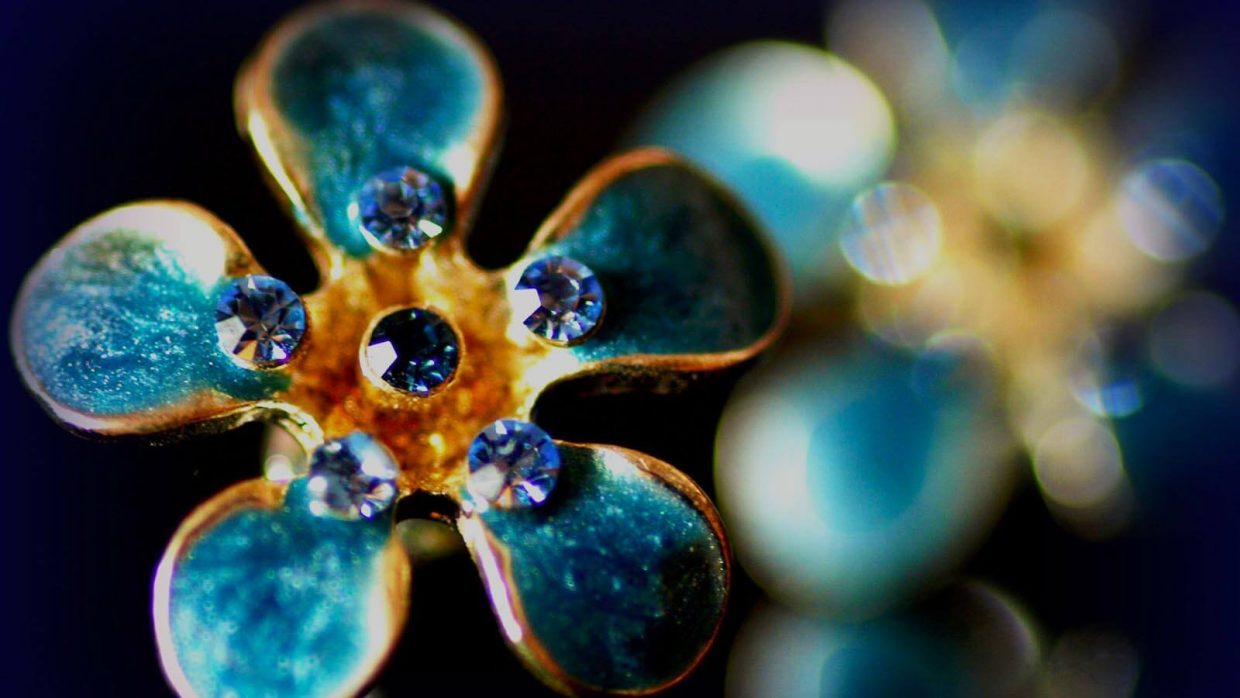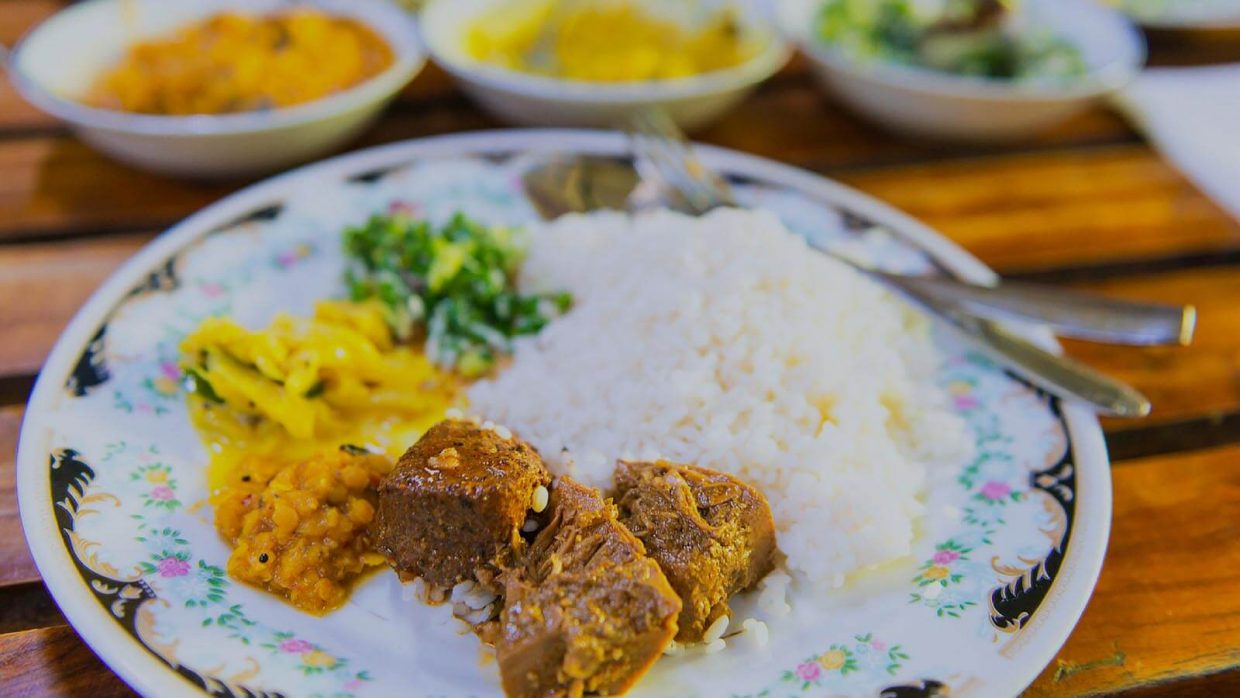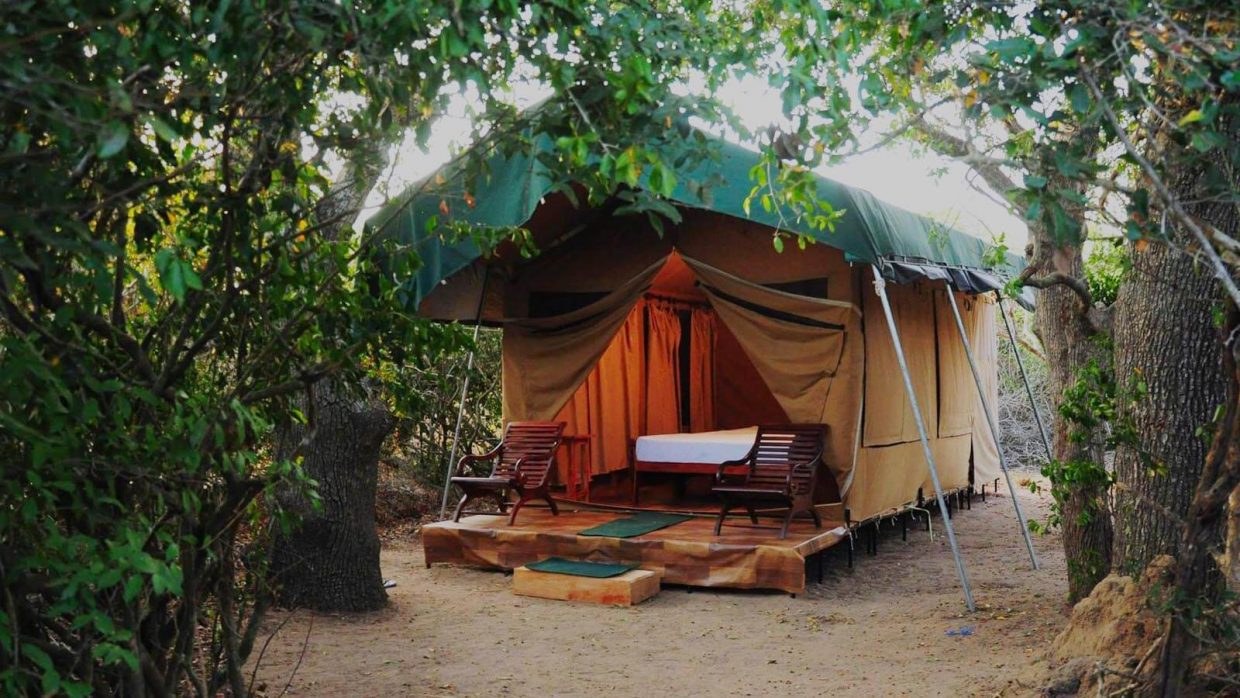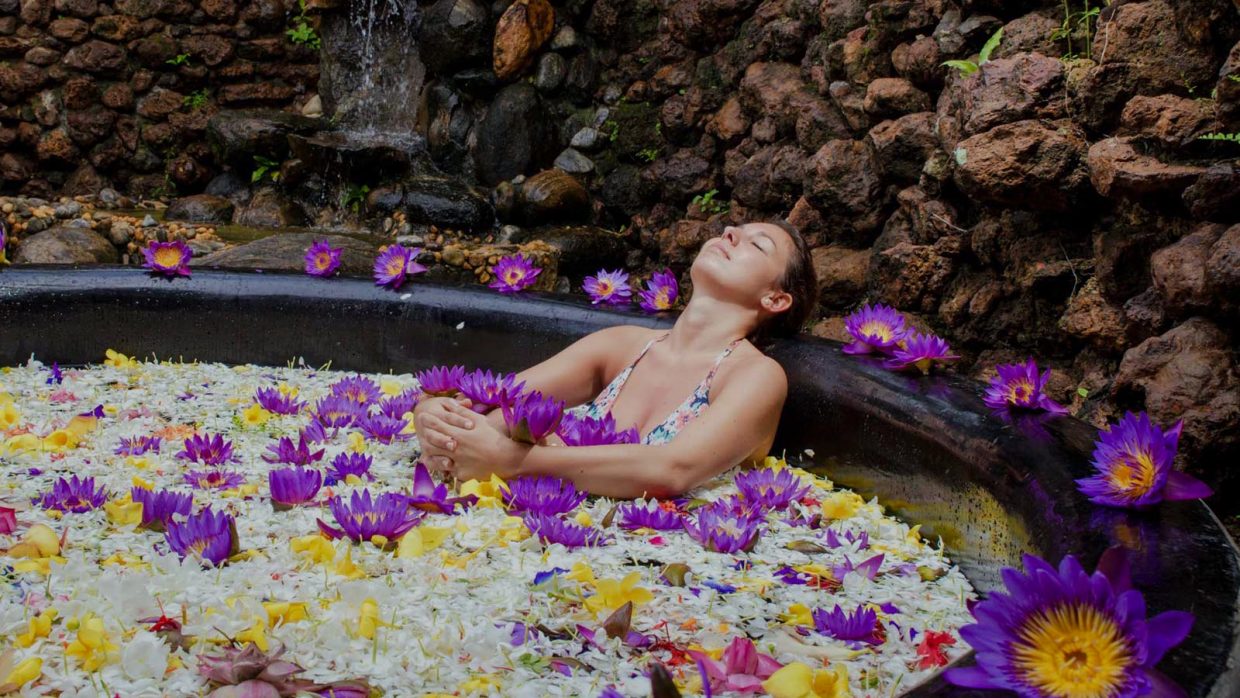HOT AIR BALLOONING SRI LANKA
Balloon flights are a great way to explore the landscape of the Cultural Triangle. (Hot Air Ballooning) Balloons that travel with the wind, make for one of the most surreal and tranquil sensations of flight. Following the initial adrenaline rush of the take off, one could settle down to absorb the wonder of the colorful earth below.
Balloons usually leave early in the morning from near the Kandalama Lake and take in the Dambulla Cave Temples and Sigiriya Rock. The season runs from October / November through to April and flights usually end with a champagne breakfast at the landing site. Trips are run by several tour companies including Adventure Asia, Eco Team and Sun Rise in Lanka Ballooning.

